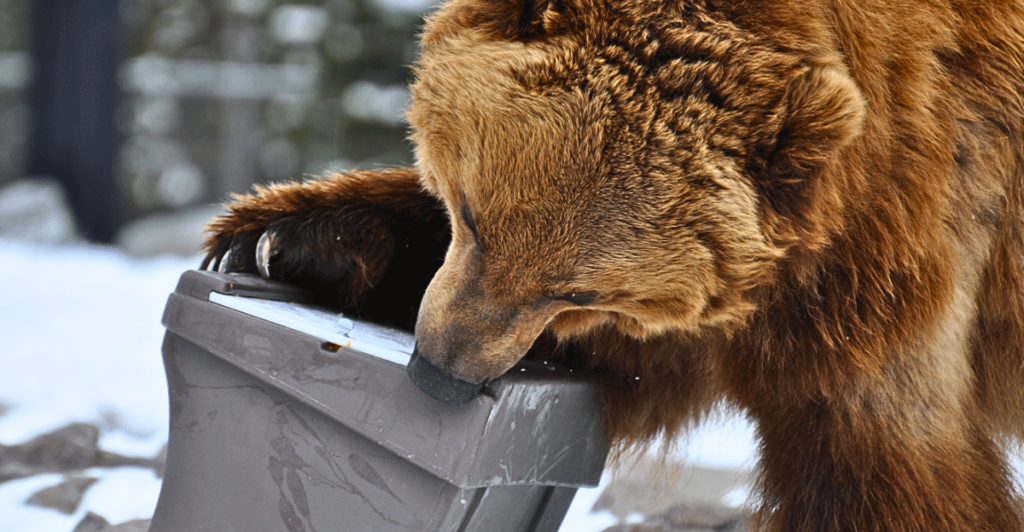
In the heart of Italy’s mountainous Abruzzo region sits Pettorano sul Gizio, a medieval village that once faced a familiar rural fate—a declining population, abandoned homes, and a vanishing way of life. With just 390 residents remaining from a peak of 5,000 in 1920, this historic town appeared destined to join Italy’s growing list of ghost villages.
Yet today, Pettorano stands as a remarkable exception, having transformed its relationship with an unlikely savior: the critically endangered Marsican brown bear. While communities across northern Italy wage contentious battles against growing bear populations—sometimes with deadly consequences—Pettorano embraced a radical alternative: complete coexistence.
“We made everything bear-proof,” became their practical philosophy, turning what other villages viewed as a threat into an unexpected catalyst for revival.
The Last Bears Standing: Italy’s Desperate Conservation Gamble
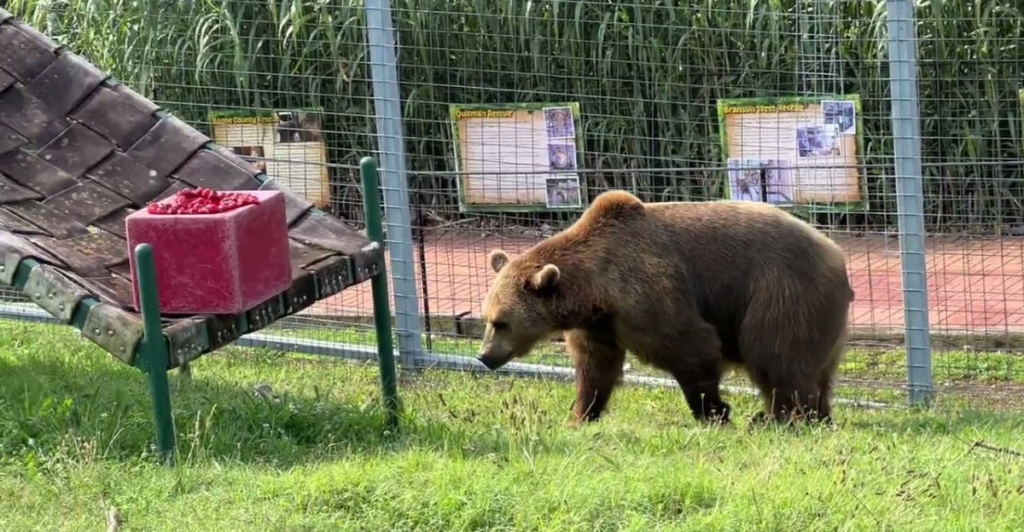
The Marsican brown bear, a unique subspecies with only about 60 individuals remaining in the wild, is one of Europe’s most endangered wildlife populations. These bears have been a part of the Apennine rural communities’ traditions and stories since at least the 15th century, but modern pressures have pushed them to the brink of extinction.
Italy’s conservation efforts have taken two different approaches: Project URSUS reintroduced Slovenian bears in 1999, increasing the population from 10 to around 100 today in the northern Trentino region. Meanwhile, conservation efforts in central Italy concentrated on protecting the remaining native Marsican bears.
Both regions faced bear break-ins, crop raids, and safety concerns. While northern officials leaned toward controversial culls—often opposed by Environment Minister Gilberto Pichetto—villages like Pettorano took a different path: learning to live alongside the bears.
The Cookie Thief Next Door: When Bears Go Urban
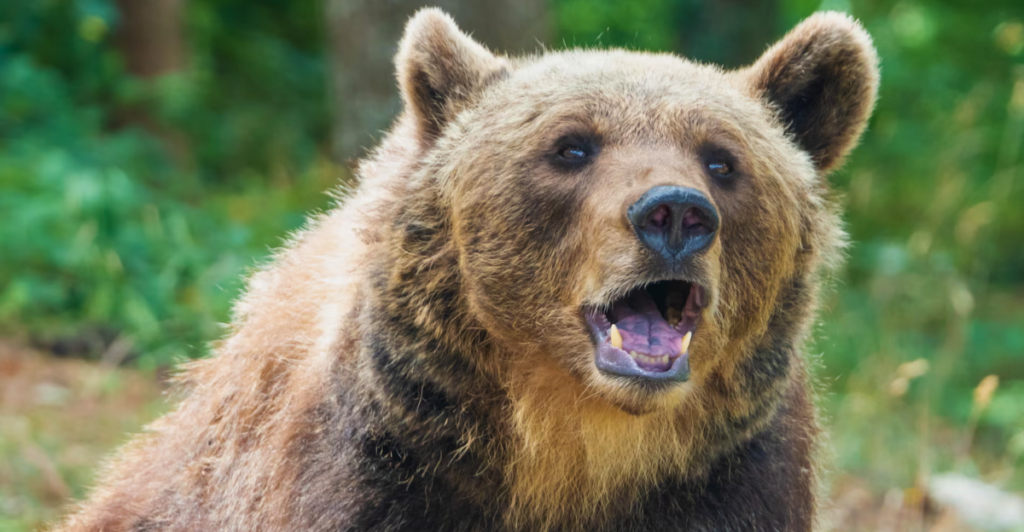
For many Italian communities, the turning point came when abstract fears about wildlife turned personal. In April 2023, a jogger in northern Italy was killed after surprising a female bear with her cubs—an incident that ignited a fierce national debate over bear management.
In central Italy, a bear named Juan Carrito became famous for stealing cookies and pizza, sparking fears about bear-human conflict. But Pettorano sul Gizio highlighted a deeper issue: poor design.
As one local leader put it, It’s not that bears are entering human spaces; it’s that human development has fragmented bear habitat.” That realization led to a powerful question: what if a town could be reimagined not to keep bears out, but to live alongside them?
The Bear Smart Revolution: Importing Solutions From Across the Ocean
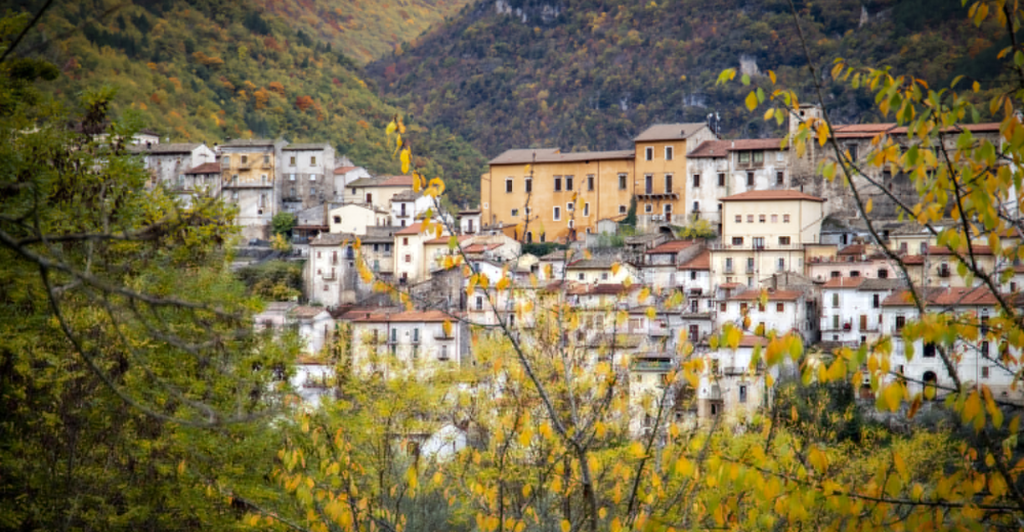
Pettorano’s revival began with a surprising influence: North American bear management strategies. The village embraced the “Bear Smart Community” model from British Columbia, adapted for Europe by the LIFE Bear-Smart Corridors project. Unlike conventional methods focused on controlling bears, this approach prioritized changes to human behavior and infrastructure.
“We had to unlearn our fear,” one local leader said. Through the EU-backed program, residents gained access to international expertise and practical tools. Instead of waiting on regional authorities, the community took the initiative—blending traditional knowledge with science to forge “coexistence corridors.”
These shared spaces aimed to make living alongside bears not just possible, but sustainable. Pettorano’s proactive stance became a model for balancing wildlife conservation with everyday life.
“We Made Everything Bear-Proof”: The Engineering of Coexistence
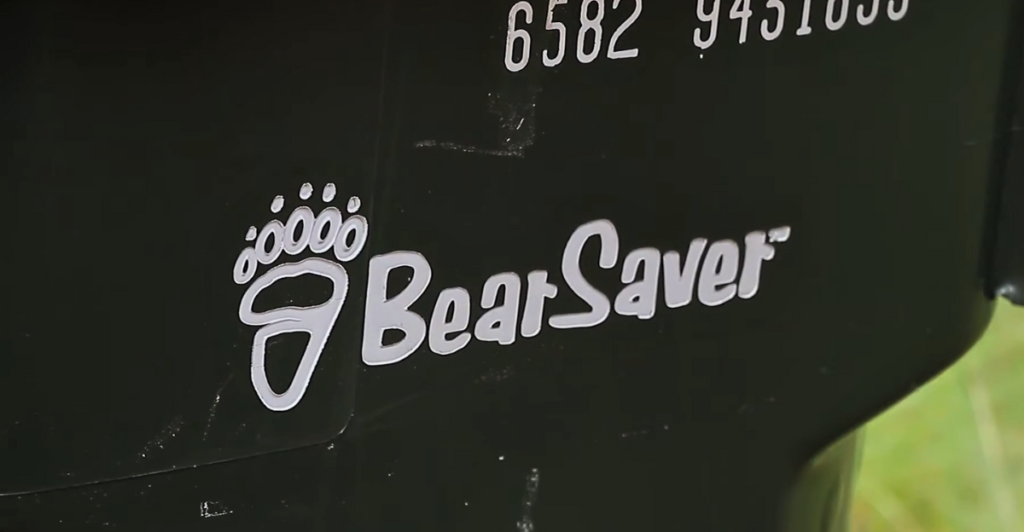
Pettorano’s physical overhaul started with a full audit of “bear attractants”—anything likely to lure bears near people. Unlike Roccaraso, where Juan Carrito raided open trash bins, Pettorano installed bear-proof containers across town.
Electric fencing now shields crops and beehives, and abandoned wells were sealed to prevent accidents. Strict food storage rules were introduced for homes and businesses alike. Officials added clear signage marking bear zones and educating visitors—an element wildlife experts say is often missing in places with bear conflicts.
Most critically, the village established wildlife corridors, giving bears a safe route around the town as they move between forests. These efforts, grounded in prevention, have helped minimize encounters and set a new standard for coexistence in bear country.
From Fear to Fascination: The Psychological Transformation
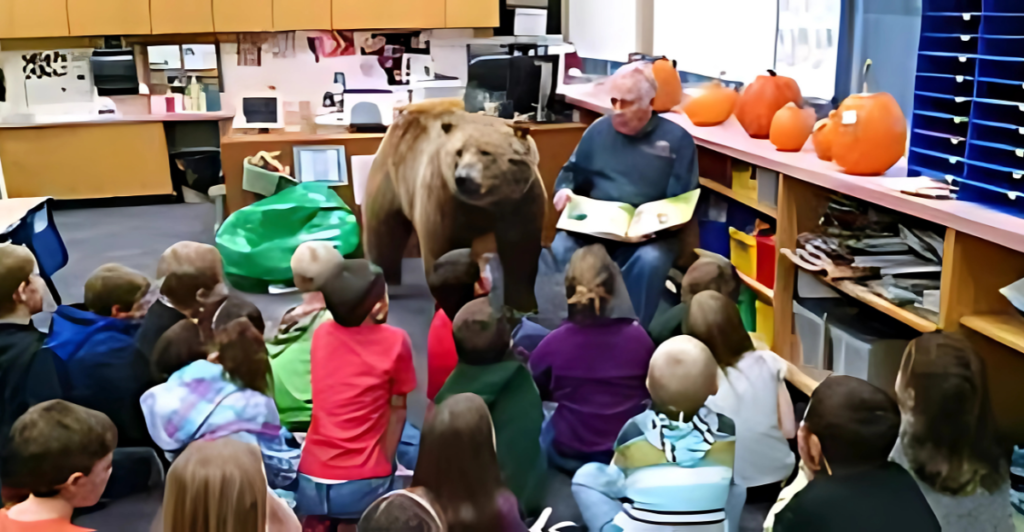
The most striking aspect of Pettorano’s transformation wasn’t its infrastructure, but the shift in residents’ mindset. While northern Italy grapples with fatal bear encounters and a divided public—some advocating for culling, others protesting—Pettorano took a different route.
The village launched education programs to replace fear with knowledge. Locals learned to understand bear behavior, spot warning signs, and handle encounters safely. Children’s lessons included bear awareness alongside traditional subjects. More importantly, the village built a shared sense of pride around their conservation efforts.
As one resident said, “In Roccaraso, Juan Carrito was seen as ‘one of them.’ Here, we’ve embraced our bears the same way—not as pets, but as respected neighbors.” This shift redefined bears as valuable members of the community, not threats.
The Bear Economy: Tourism, Revival, and Renewal
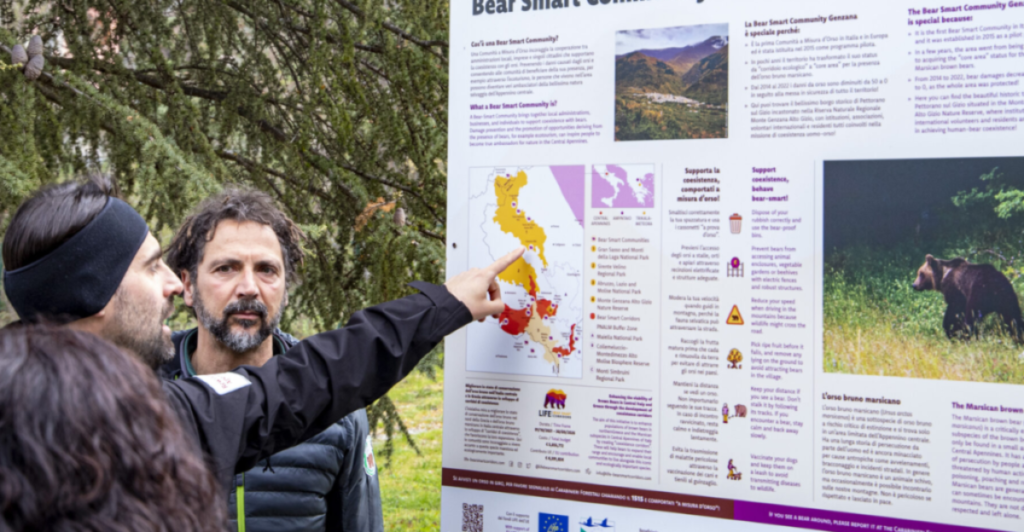
While many Italian mountain villages face population decline and abandoned homes, Pettorano has seen a remarkable turnaround. By positioning itself as a model for wildlife coexistence, the village attracted both tourists and new residents drawn to its ecological values.
The LIFE Bear-Smart Corridors project helped create bear-themed tourism packages that generate income without harming the animals. Local businesses embraced their place within the bear corridor, using it as a selling point to offer products and experiences celebrating the area’s wildlife.
Unlike traditional wildlife tourism, which promises guaranteed sightings, Pettorano focuses on responsible stewardship and ethical interactions. This approach aligns with its Wildlife Heritage Area status, where communities aim to combat biodiversity loss and the climate crisis while fostering sustainable economic growth.
Data Makes the Difference: Measuring Success Beyond Anecdotes

Pettorano’s approach stands apart from other conservation efforts through its commitment to rigorous data collection and analysis. Unlike the tensions in Trentino, where authorities and protestors battle over individual bear culling decisions, Pettorano implemented systematic monitoring to quantify both bear behavior and economic outcomes.
The results have been compelling: a 30% reduction in agricultural damage from bears, zero serious human-bear conflicts within village boundaries, and measurable increases in tourism revenue. Perhaps most significantly, bears in the area show less habituation to human food sources compared to other regions, maintaining natural foraging behaviors.
This evidence-based approach has transformed Pettorano from an interesting experiment into a replicable model. As one conservation scientist noted, “What makes Pettorano different isn’t just what they did, but how meticulously they’ve documented both the challenges and successes.”
The Pettorano Model: Blueprint for a Continent in Conflict
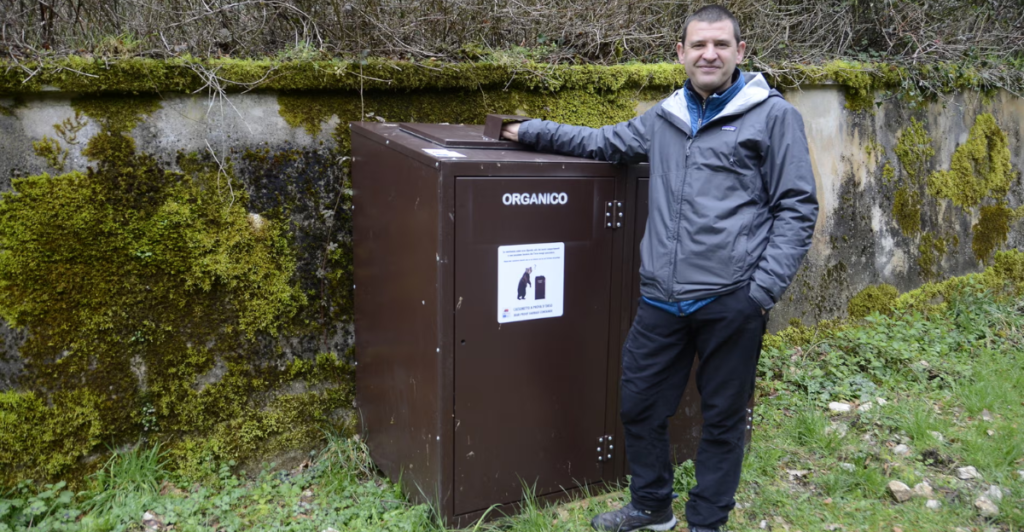
As tensions rise between rewilded carnivores and rural communities across Europe, Pettorano’s success offers crucial lessons for other regions facing similar struggles. In northern Italy, where Trento has approved the culling of up to eight “problematic” bears annually, Pettorano stands as a model for an alternative approach.
The village embodies the principles of the Bear Smart Communities initiative, now being implemented in 16 Italian municipalities and two in Greece. Pettorano’s model shows that true coexistence requires more than education or wildlife corridors—it demands a comprehensive strategy that integrates infrastructure, human behavior, economic incentives, and community mindset.
Most importantly, it proves that conservation can align human and wildlife interests, fostering harmony through smart design and collective responsibility.
Beyond Bears: The Future of Wildlife-Human Relations in Rural Italy
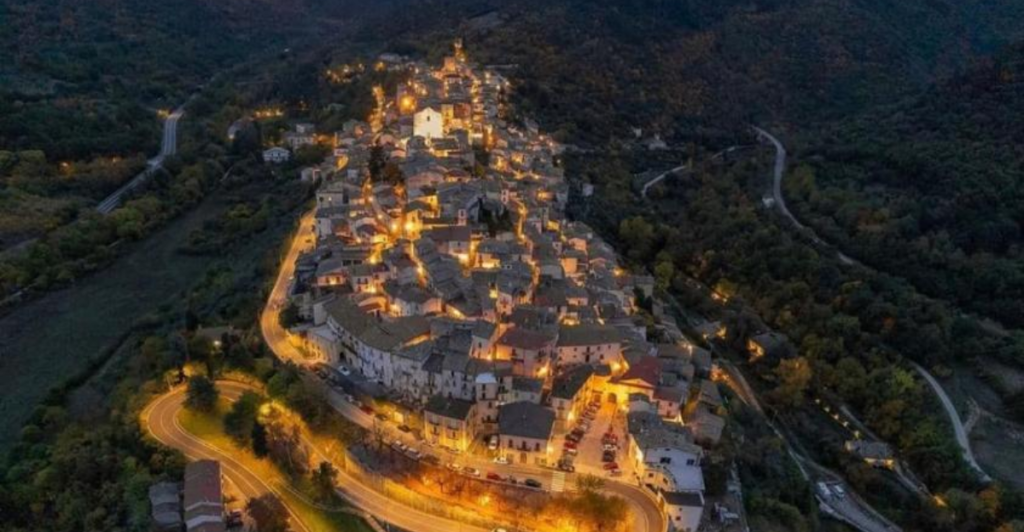
Pettorano sul Gizio’s transformation from a struggling village plagued by bear conflicts to a thriving example of coexistence offers more than just a conservation victory—it presents a blueprint for rural revival across Europe.
As climate change and habitat fragmentation bring humans and wildlife closer, traditional methods of separation or culling are becoming increasingly unfeasible. Italy’s Environment Minister, Gilberto Pichetto, echoed this sentiment, noting that culling “can’t be the only alternative.” Pettorano’s success proves that with thoughtful design, education, and community involvement, rural areas can turn wildlife presence into an asset rather than a burden.
As one local put it, “We didn’t just make peace with bears—we rediscovered our own connection to this landscape..” In a nation where rural decline threatens many historic towns, Pettorano’s bear-driven renaissance shows that conservation can protect both culture and nature.
Explore more of our trending stories and hit Follow to keep them coming to your feed!

Don’t miss out on more stories like this! Hit the Follow button at the top of this article to stay updated with the latest news. Share your thoughts in the comments—we’d love to hear from you!







